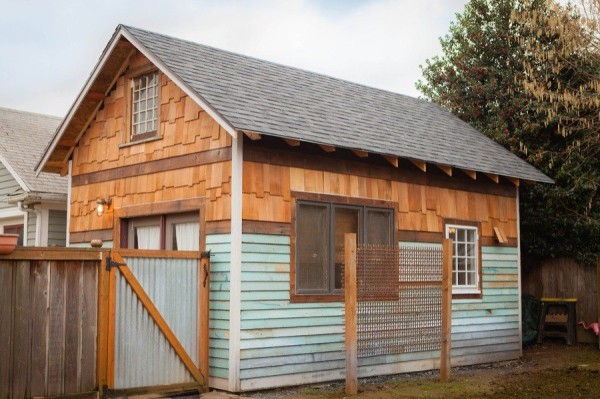The siding of the house is pretty much more the clothing we wear and in simple terms, this translates that the siding that you chose for your house highly depends on the location of your house and also on our fashion taste and budget factor, which is actually the least if you seek to give your house a long lasting siding. This is because, unlike the clothes we wear, we cannot change the sidings of our houses regularly, even though we can often change the accessories and colours depending on the materials that we chose. Most people often seek something that will look great from day one and for several years ahead without the trouble of repainting. This guide will therefore help you in knowing the right choice for your house without making daunting decisions.

The most common siding materials are vinyl, metal, wood, brick, stucco and fiber-cement.
Vinyl so far is the leading material used in siding boasting by taking approximately 30% of the market share in the new installations of home sidings. Its durability, low cost and variety of colour options makes more attractive to homeowners who are conscious about their budget they are willing to spend. Vinyl come in different profiles such as vertical and horizontal panels, shingles, beaded, Dutch lap, scallops and board n batten. The vinyl siding is very durable is often under warranty for around 30-40 years from the day of installation. It is versatile and can be textured just like wood without being victimized by decay or termites. Its maintenance is easy as you can only use power hose and water. But it is good to note that despite the fact that it is water-resistant, it is actually not waterproof and poor installation of vinyl siding can lead to moulds.
Metal siding is often associated with modern and retro styles of building and by using this choice; it can add a unique appeal to your home. The most popular materials used in metal siding are the aluminium and steel. This is very common in coastal regions because of the salty air and since it is resistant to this element. Unlike other sidings, metal siding cannot mould or rot and requires low maintenance even in harsh weather conditions like winter. Another advantage of metal siding is the fact that it is eco friendly and fire resistant making good for areas with frequent storms accompanied by lightning. The major problem with it though is that when not properly sealed it be affected by rust and decolourization.
Wood sidings are often adored because of the natural and beautiful look and irrespective of your choice of wood, wood sidings have four different profiles and these are: bevel, shakes, board and batten and engineered wood. The beauty of wood siding is the fact that it can often be replaced easily and in small quantities, unlike other sidings that calls for the replacement of the whole panels. It is also the most green siding available in the market and can be stained and painted in various colours. Because of its lightweight, it is labour and time friendly during installation. The drawback with wood siding is that it calls for high maintenance since it is very prone to damage from several elements like insects and water.
Fiber cement is the second most common siding to vinyl siding. This is a mixture of cement, wood, sand and wood fibers. Fiber cement is popular because of its durability and an alternative to the low-cost wood. This siding will give your house the look and feel of a real wood while being pocket friendly and also being fire resistant. It is susceptible to wood insects and is not prone to rot or decay. Just like vinyl siding, it is easy to maintain with a guarantee of at least 15 years.
Brick siding is one of the most attractive choices because of its durability considered to last a lifetime. Because of this coupled with its elegant, rustic and pleasing aesthetic has attracted many home owners to consider brick exterior siding. Brick siding is not affected by insects, weather or even fire and requires less maintenance as it is not a must to be repainted since it will not fade or decay. The major con with brick siding is the fact that it is a more expensive option and secondly the colour choice is very limited on the type of brick you choose.
Lastly is the stucco siding, which gives your house a traditional Spanish look mixed with sand, cement and lime. You can actually paint stucco but it does not hold for a very long time and therefore you will often be required to do a repaint. Stucco siding can last up to around 50-100 years involving little maintenance and upkeep and any damage on it can be done with negligible costs. It also is not affected with rot or insect problems. The danger with stucco siding is that when the foundation of your home starts to move, the stucco siding can easily crack. The other problem is that stucco siding is not favoured in areas experiencing heavy rainfall. When it comes to colour, once you have chosen one type, there will be no need to do a repaint again.
So there it is, I hope this comparison will be very useful when it comes to choosing the best siding for your home.
Written by Enrich Construction, the best service for siding in Columbia, MO.


